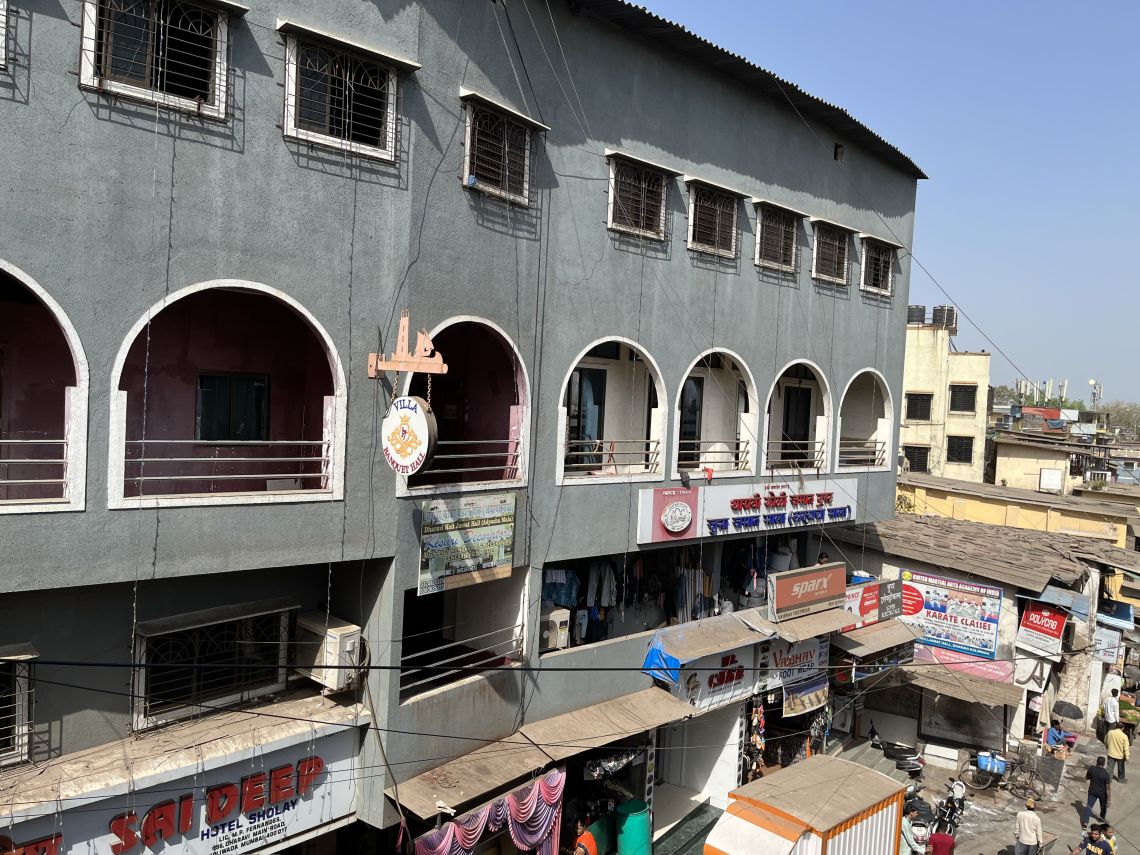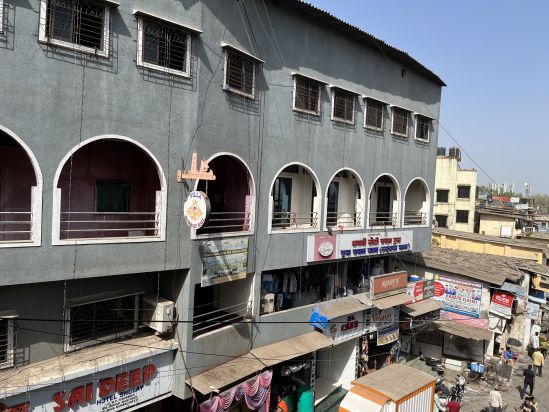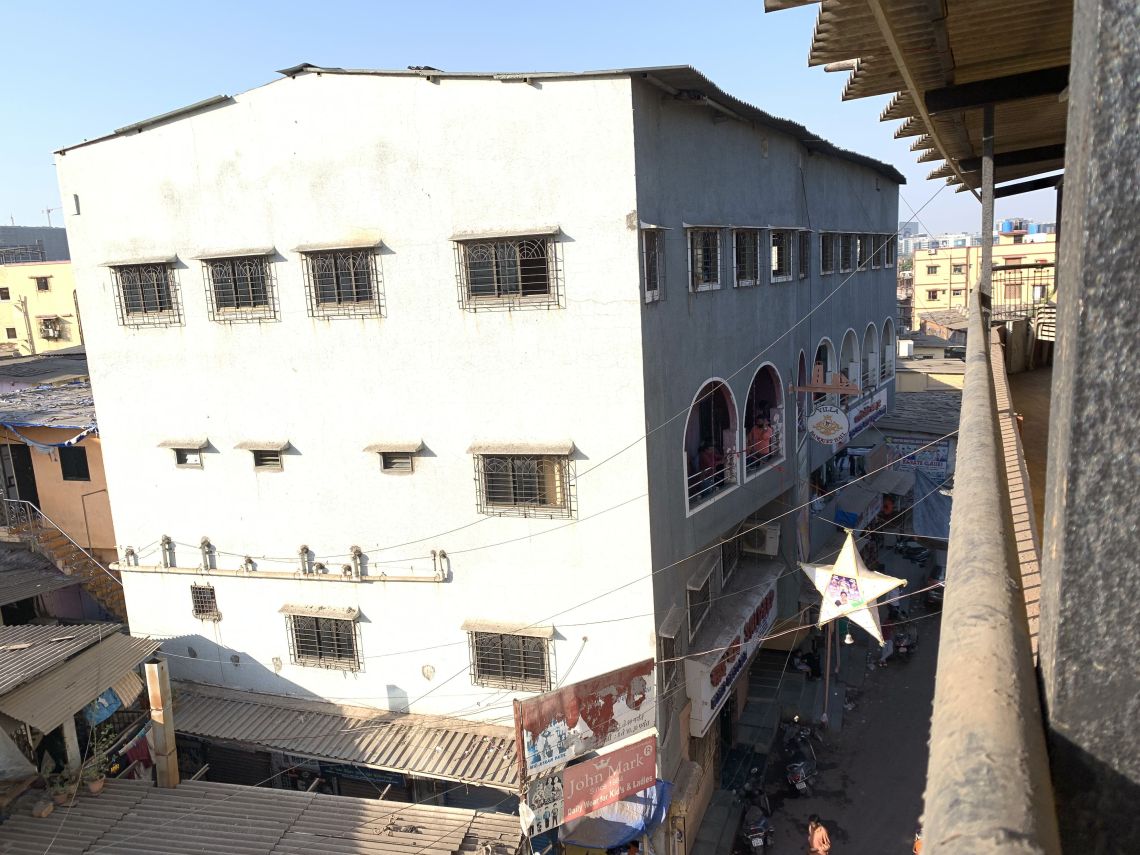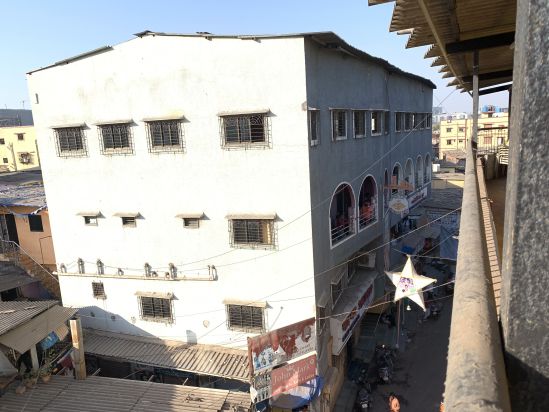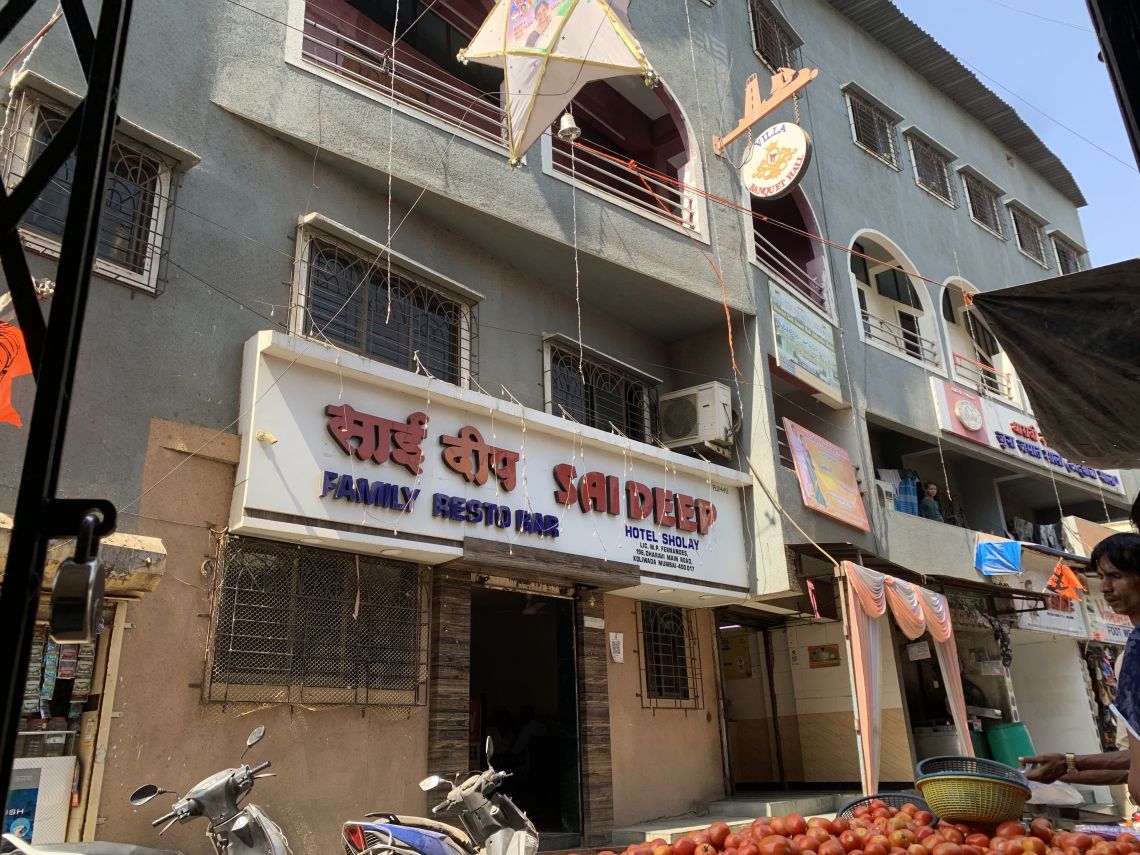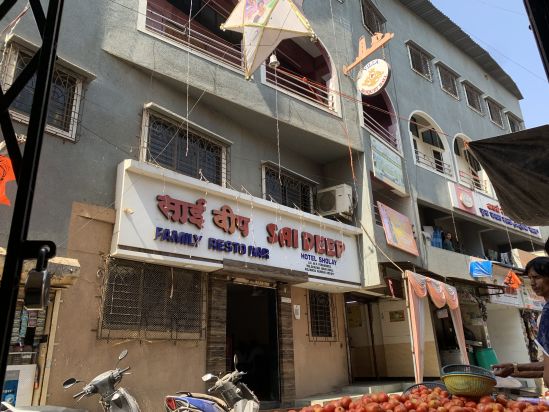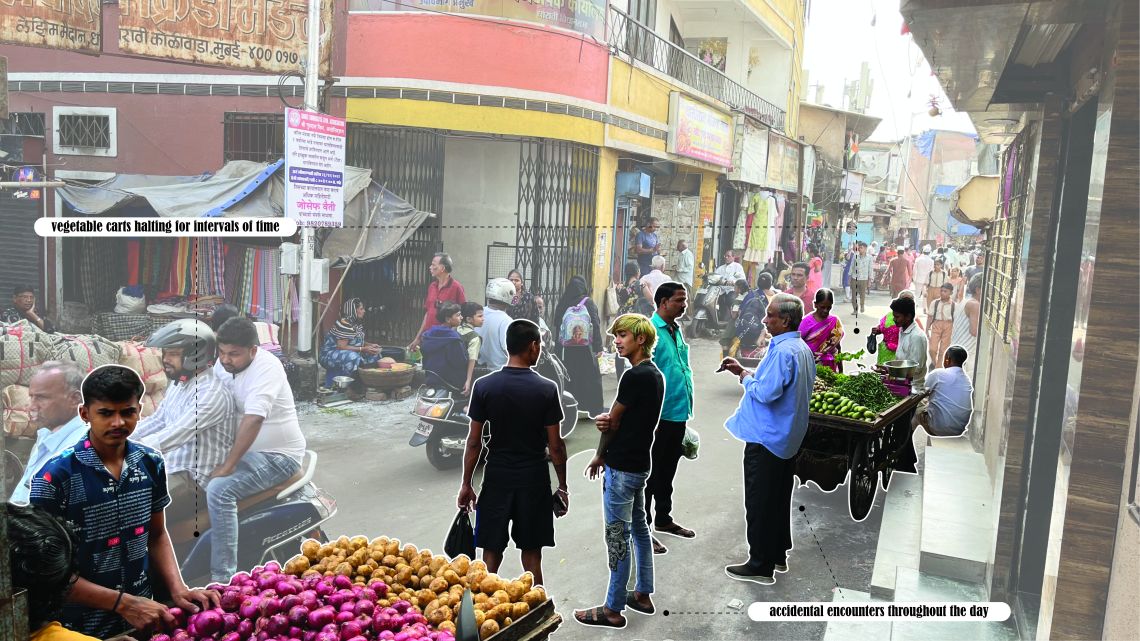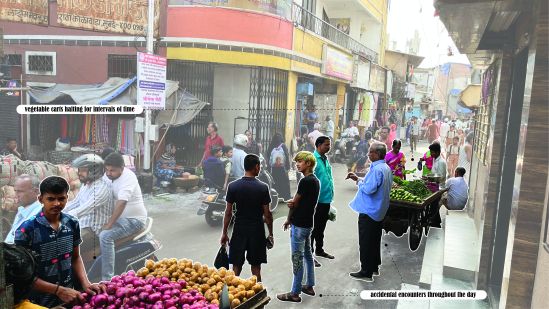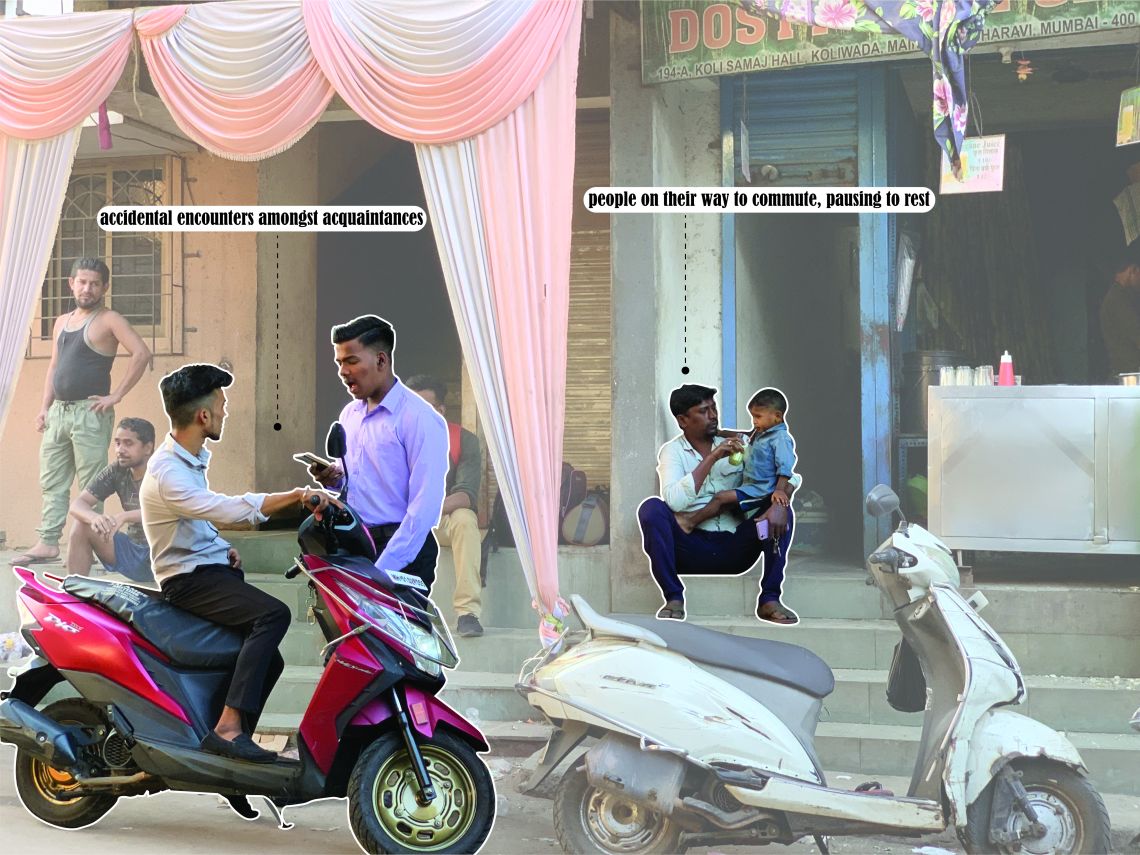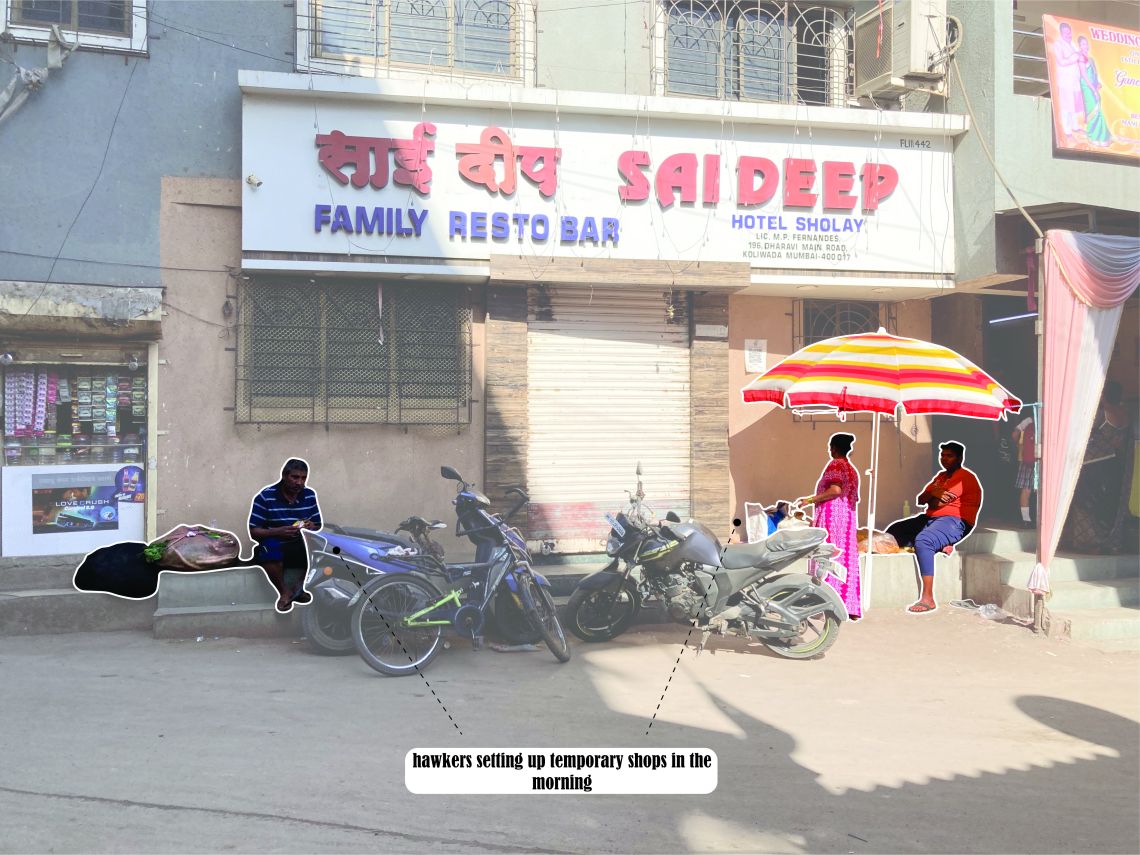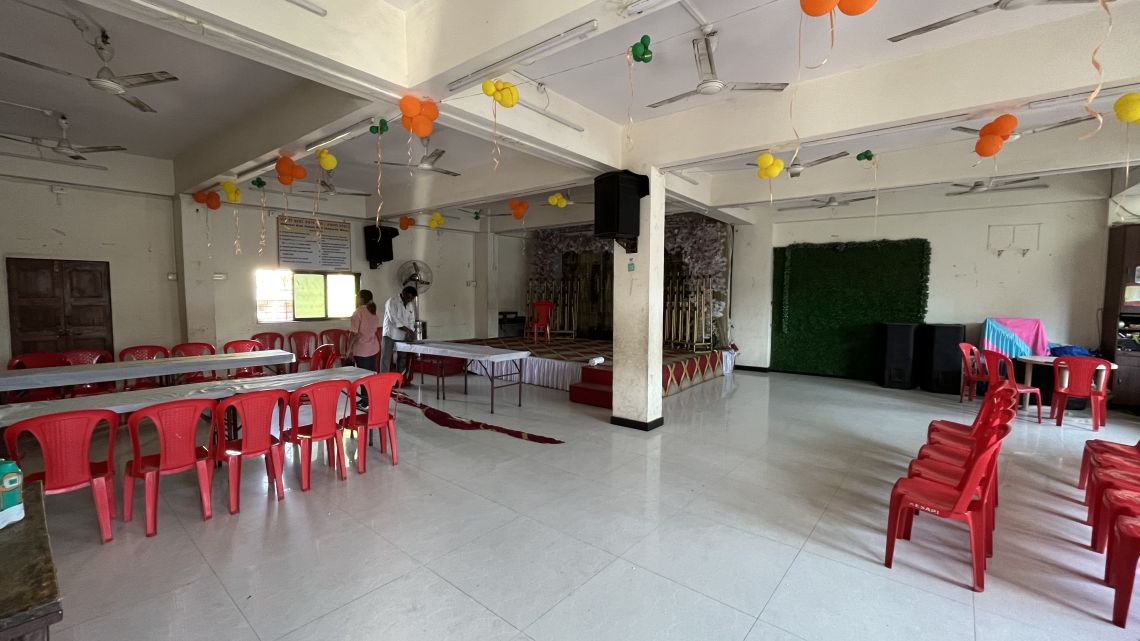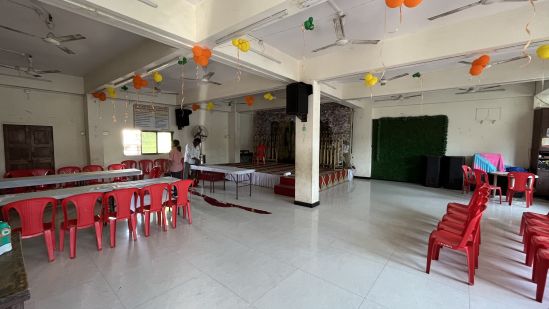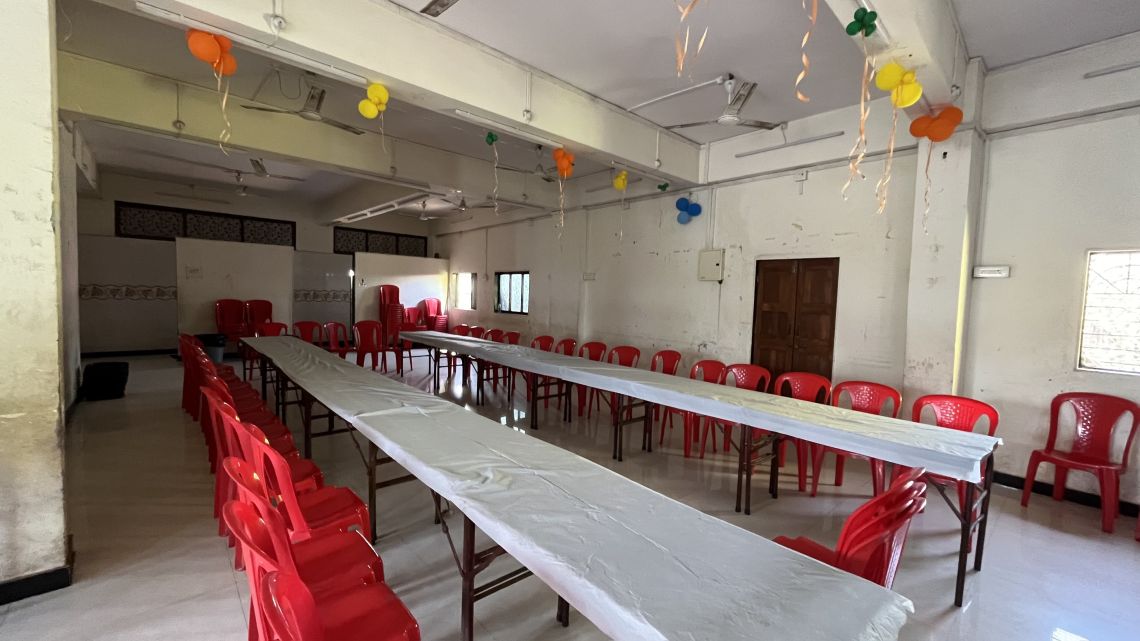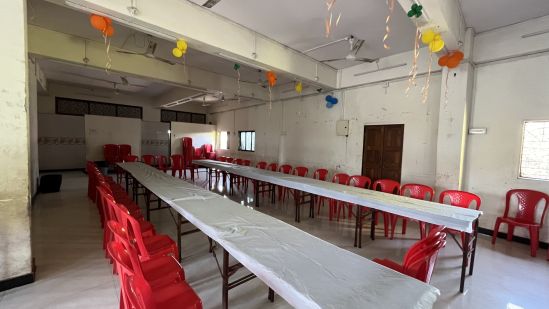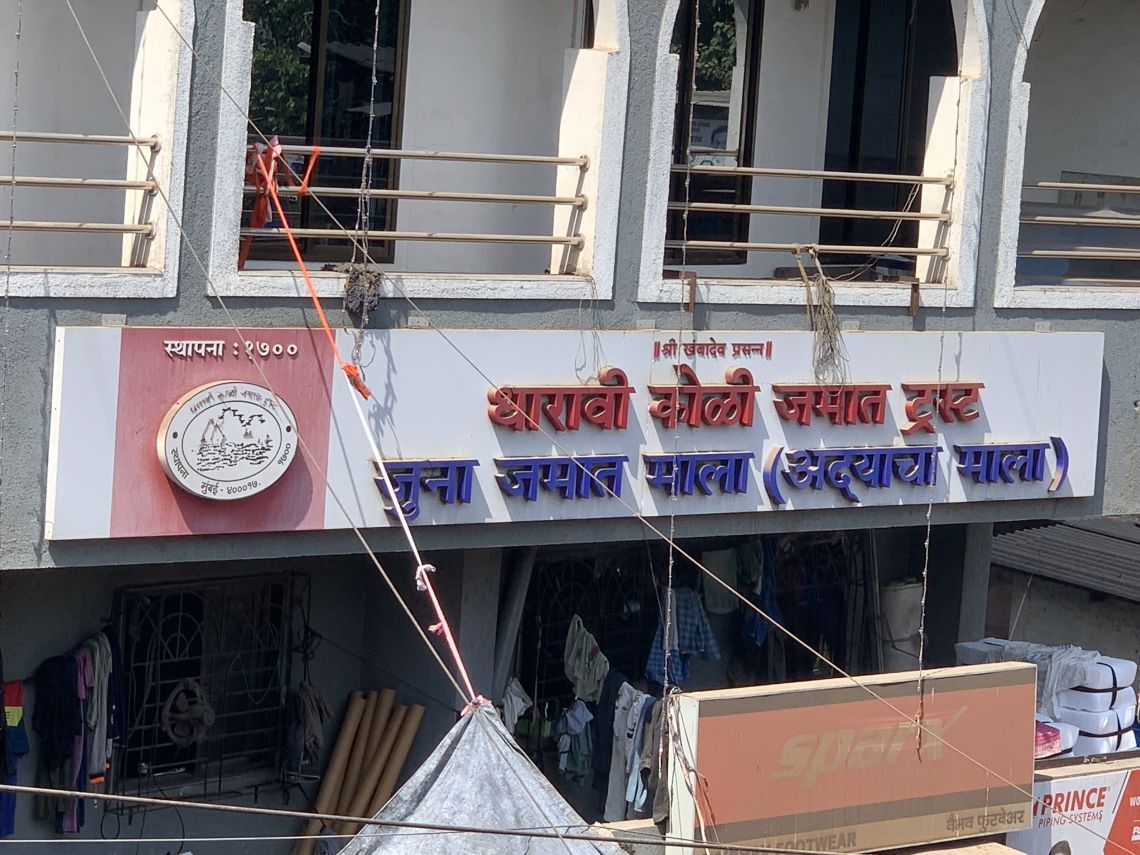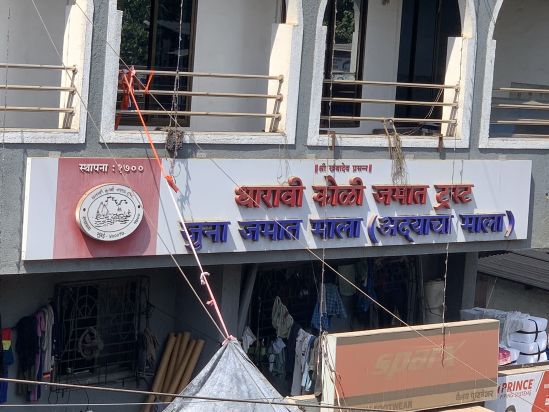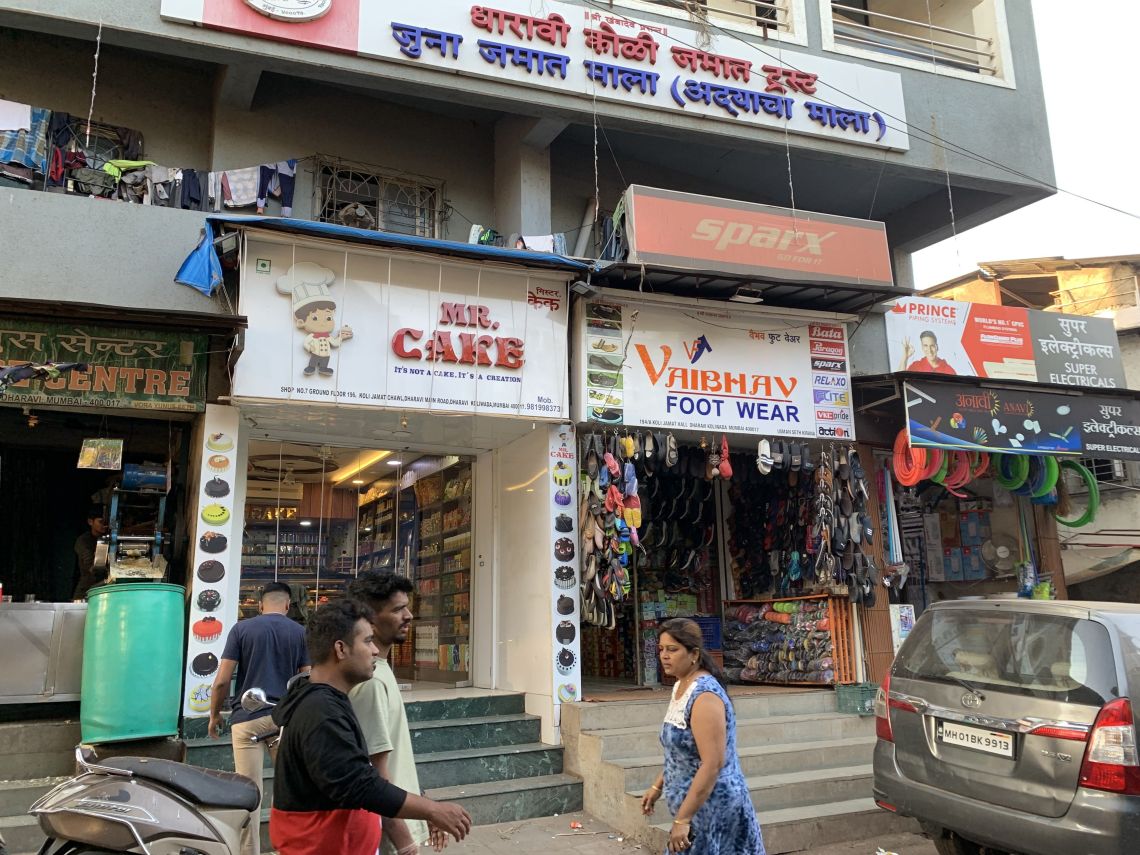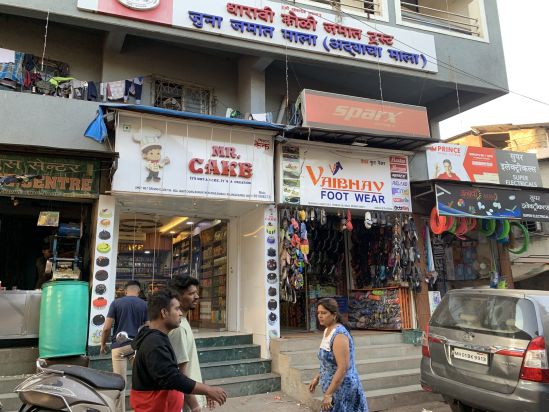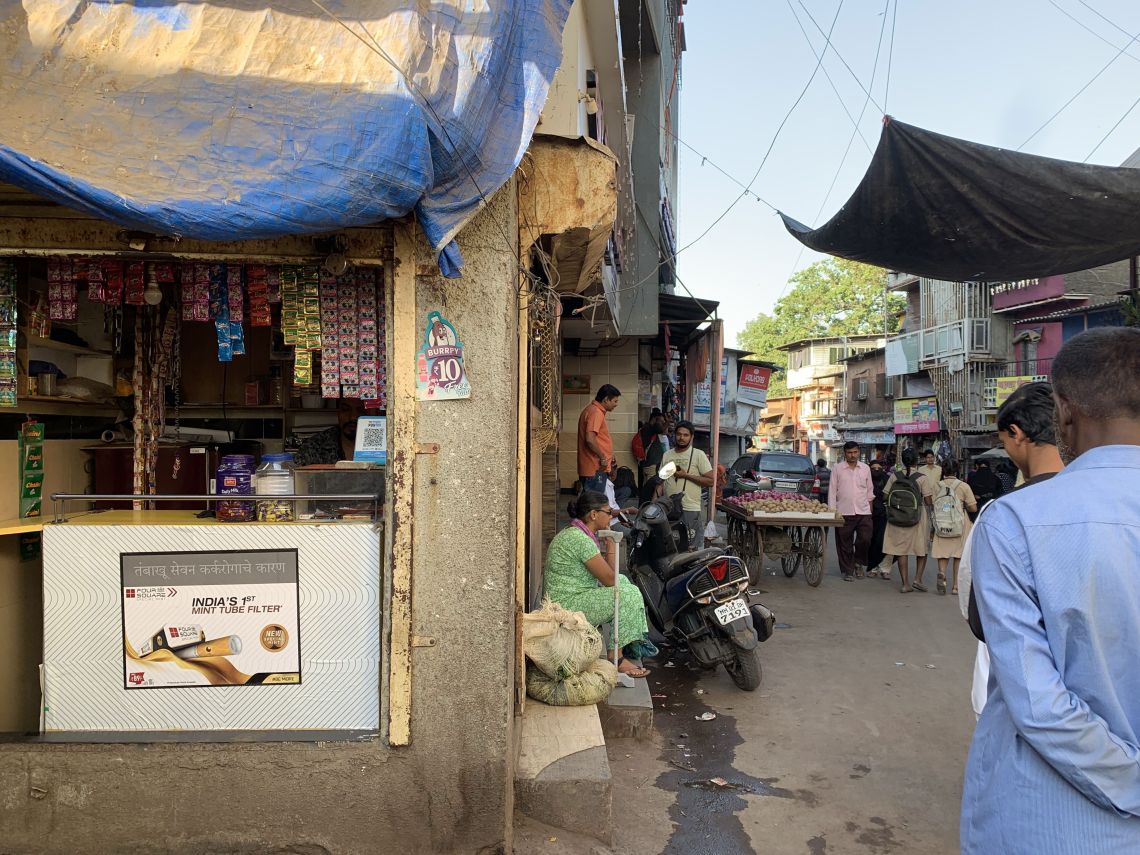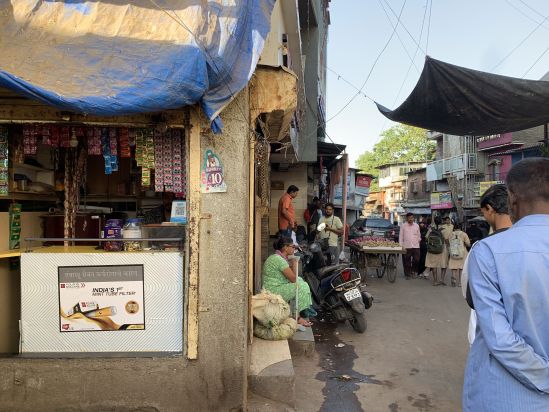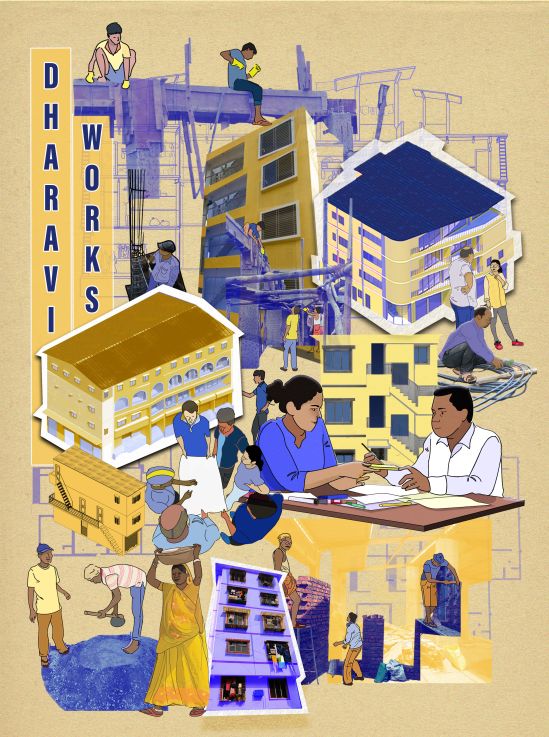Connect And Converse - Gathering Spaces In and Around Koli Jamat Hall

Connect And Converse - Gathering Spaces In and Around Koli Jamat Hall
This article tries to understand the importance of commercial spaces in a setting like Dharavi from the lenses of community engagement, sociability, economy, and development through the example of the Koli Jamat Building, one of the sites redeveloped by the local contractors of Dharavi in collaboration with urbz.
The urban fabric of Dharavi is unique compared to the rest of Mumbai. Its dire need to accommodate the dense and ever-growing population has led to tightly-packed residential spaces with little to no open public spaces like street squares, gardens, and parks in-between for its people to socialize. Hence provision of enclosed public buildings such as commercial buildings and halls becomes imperative where people are provided with the opportunity to socialize, grow economically, and create relationships, with leisure experiences.
Koli Jamat Building lies in the centre of Dharavi Koliwada abutting Dharavi Main Road, adding locational value to it and making it more accessible to its users on foot as well as by vehicles. Initially, a single storeyed building now comprises of ground plus three floors above it, all utilized for commercial purposes. Smaller shops run on the periphery on all sides of the ground floor with a restaurant cum bar on one edge, while the floor above houses a bag-making warehouse. The entire second floor, however, is used by the Jamat Trust as a community hall called Jamat Hall, where people rent the space to celebrate different occasions. The last floor has two spaces that are used for commercial or industrial purposes.
“Throughout the day, the place is bustling with activities”, said Pushpa, a middle-aged woman that sells grains in front of the building every day. In the morning, before the shops and restaurant open, the interphase, plinth in front is used by flower sellers, who sit under an umbrella on the stairs. The immediate space in front is where vegetable sellers halt their stalls for some time before pushing ahead. Around the evening the space completely transforms. The plinth has now become a sitting space for the customers, sitting and looking towards the road, and occasionally calling out to familiar faces amongst the pedestrians. It becomes a pausing point for the pedestrians to desist and chat with a cup of tea or fresh juice for some time before going on with the rest of their day. There is constant movement throughout the day, with customers of the bakery, juice shop, footwear store, and people coming to the restaurants. The activities, however, increase ten folds when there is an event taking place in the Jamat Hall.
This privately owned ‘public space’ holds occasions like birthdays, anniversaries, engagement parties, graduation parties, and retirement parties on an hourly rent basis. It plays a significant role in the community, by providing a space that enables them to socialize and celebrate together, which their compact houses restrict. According to Dovey Kim in his book Framing Spaces, such spaces are referred to as ‘quasi-public spaces’, spaces that are privately owned and maintained, by the Jamat Trust in this case, but used as public spaces, to help build bridges and connections between people of the community, in a more secure and well-maintained environment.
Even the entire commercial complex provides an agency for the residents of Koliwada and not just acts as a socializing place to build relations and enjoy occasions together, but also provides opportunities for increased business for the sellers on foot without having actual ownership of that space due to constant flow of customers that are either passing by or using the community hall. This is beneficial for the shopkeepers as well, and lastly, it acts as an anchor and a pause point for pedestrians such as you and me. It provides us with an opportunity to connect, the feeling of having a purpose and support, and eventually, overall better health and longevity. Moreover, public spaces are always playing the role of creating social interaction. In the contemporary world, and in a case such as Dharavi, commercial complexes are an efficient way to provide alternate city centres beneficial for its people and as a consequence the city itself.
